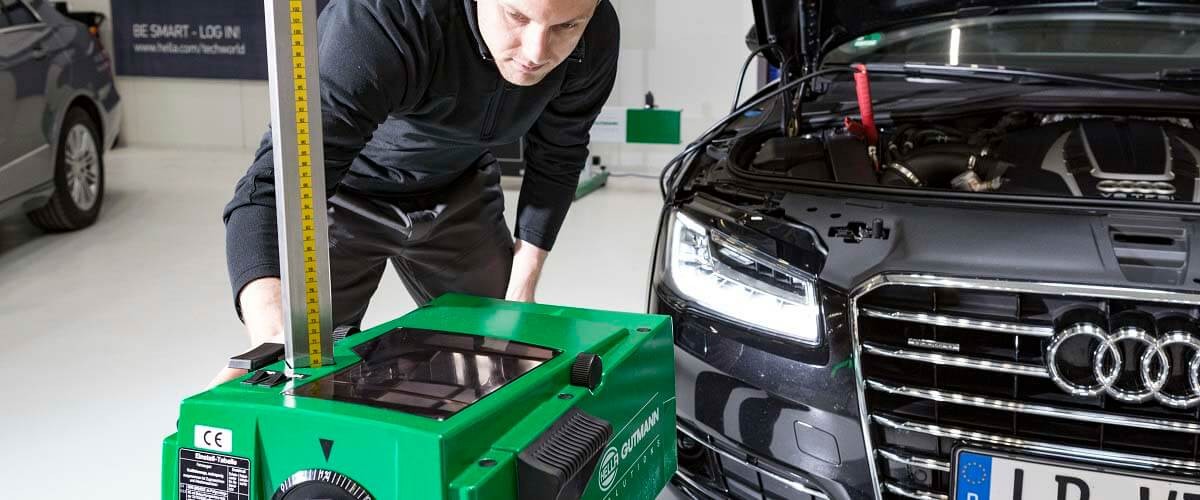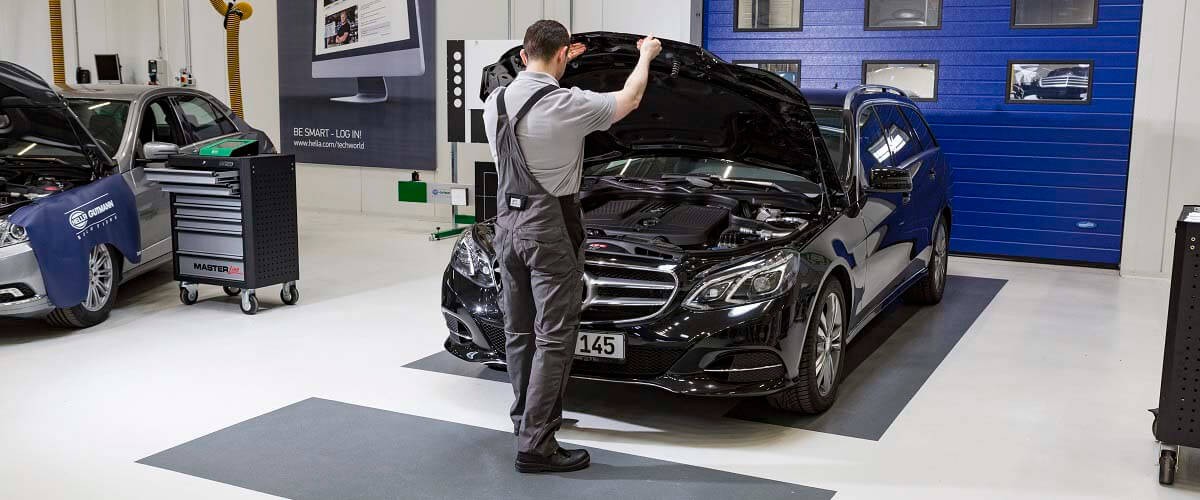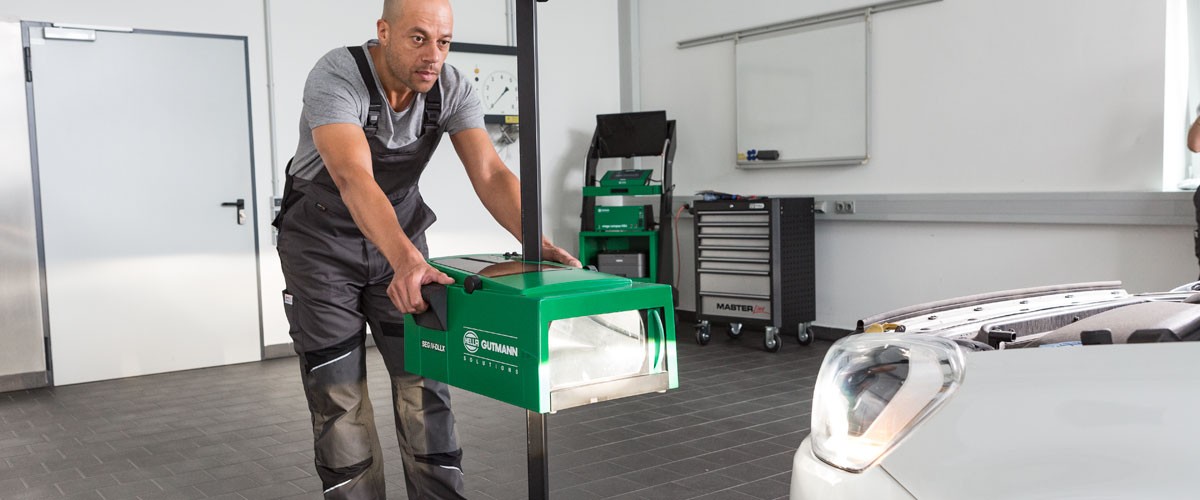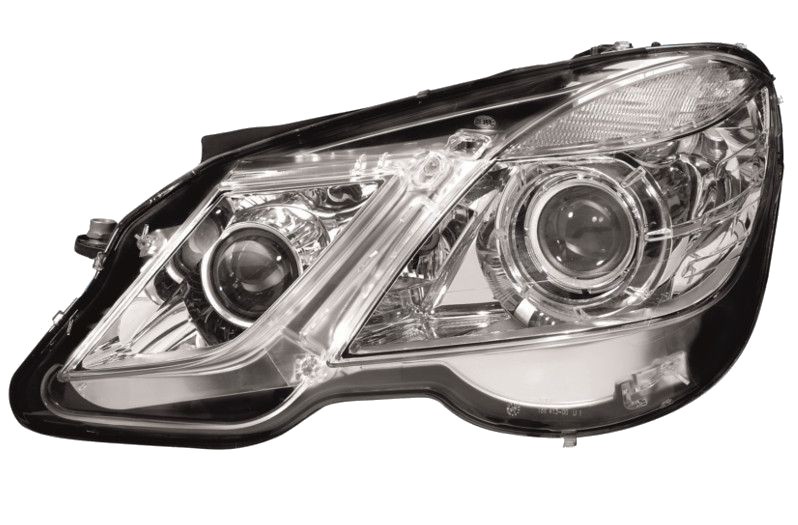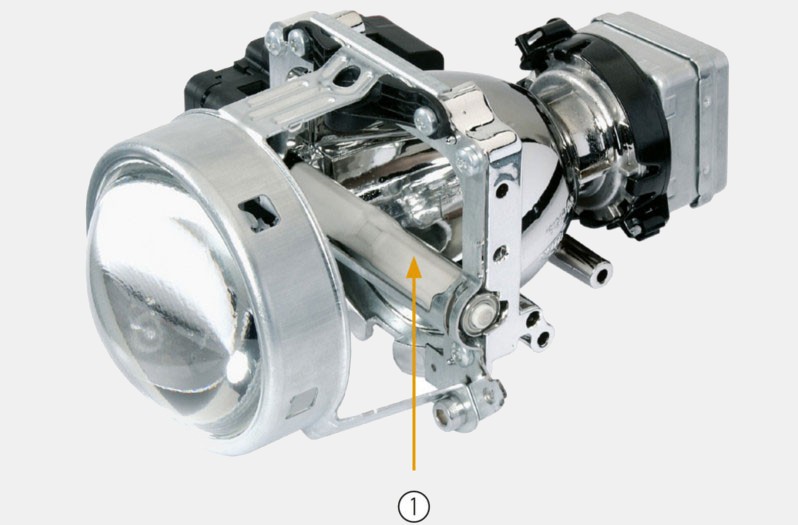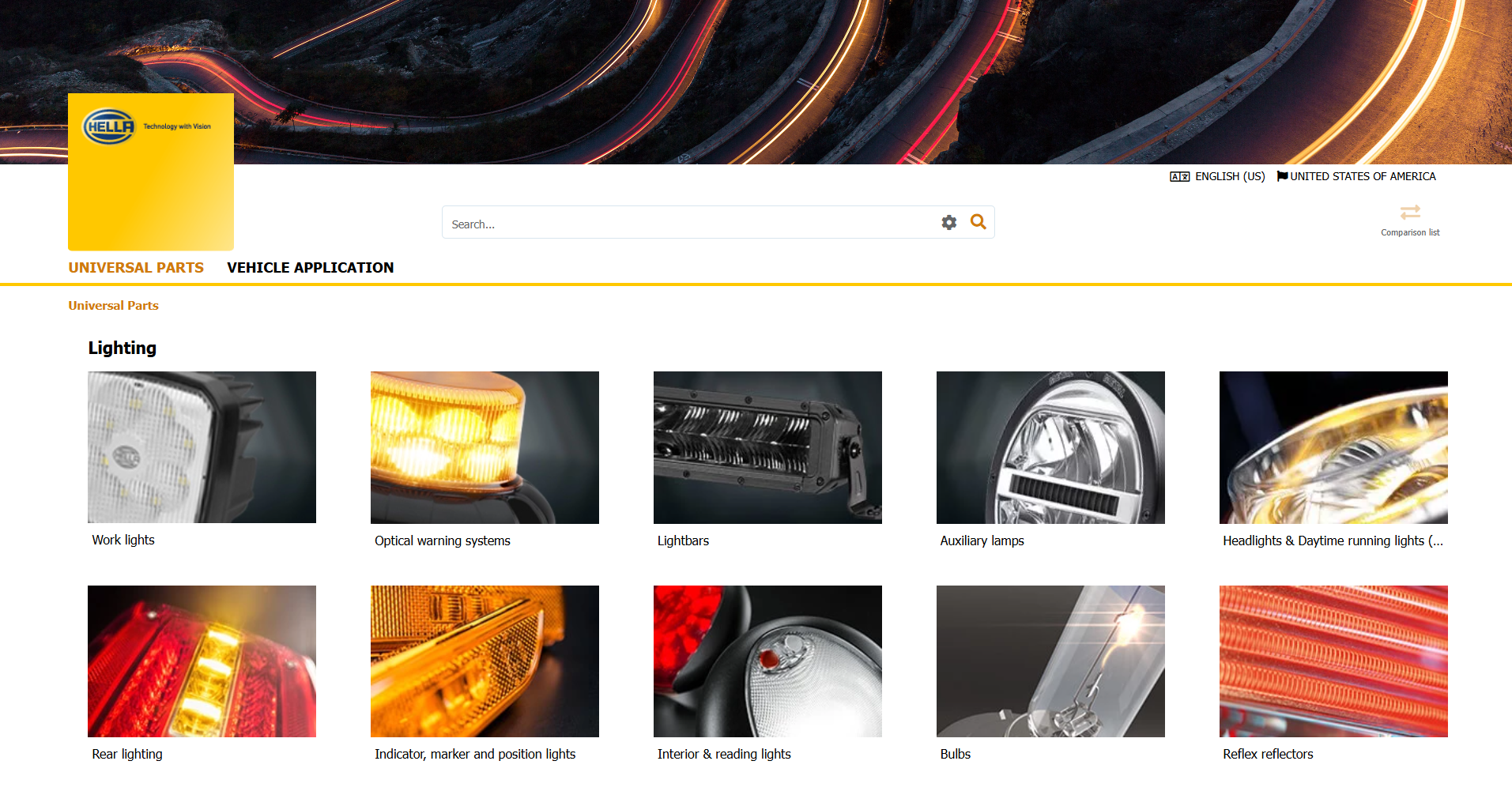Adaptive headlights
The classic low beam is in fact a compromise solution, and it's not without its weaknesses. Thanks to its new light functions, the Advanced Front Lighting System (AFS) eliminates the rigid boundaries of the low beam, thereby significantly improving visibility in the dark and in poor weather. HELLA's VarioX technology forms the basis for this. On this page you will find out which new light functions have been made possible by AFS and what advantages they bring.
Important safety note
The following technical information and practical tips have been compiled by HELLA in order to provide professional support to vehicle workshops in their day-to-day work. The information provided on this website is intended for suitably qualified personnel only.
- 1. Basic principles
- 2. Function
Variable light functions
Adaptive headlights
* The listed speeds may differ according to the manufacturer.
AFS headlamp systems make it possible to achieve discrete predefined light distributions. The adaptation of the light distribution is dependent on the vehicle speed, the road type, and weather conditions, which represents an enormous improvement over conventional vehicle lighting technology.
As such, HELLA's engineers all agree on one thing: The ideal way to implement such a situation-dependent automatic headlamp system is to use the VarioX® module. This allows a single xenon light source to generate up to five different light distributions: Besides conventional low beam and high beam, this allows for town, highway, and adverse weather lights with the same headlamp module.
How helpful is this article for you?
Success
Success
Success
Success
Error
Please tell us what you did not like.
Thank you for your feedback!
Wrong Captcha
Something went wrong
Further technical information
